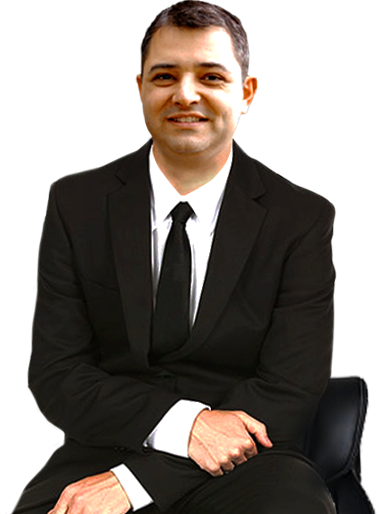Bunions

Bunion is latin for turnip. It is also the bump at the base of your big toe. The medical name for this condition is Hallux Valgus. It only requires treatment if it is painful or interfering with shoes, and the first line treatment is conservative, with wide, deep toe-box footwear, silicone pads, sleeves or insoles. Surgery is required only if pain and/or difficulty wearing shoes persists despite conservative measures.
There are many different surgical techniques for treating bunions (more than 100). I am trained in, and use, many different techniques depending on the degree of deformity, site of deformity, stability of the first ray, and other local and patient specific factors.
Scarf Osteotomy
Amongst orthopaedic surgeons in Australia, the Scarf osteotomy is the most common technique. This is a great technique and I perform this frequently with good results. It involves a 5-7cm incision centred over the bunion and occasionally a 2-3cm incision in the web space to balance the ligaments around the base of the big toe. The bones are cut with a small saw and fixed in place with small titanium screws. It is an intrinsically stable osteotomy and patients walk on their foot immediately after surgery.
Akin Osteotomy
This procedure is usually combined with a Scarf or Chevron osteotomy to correct residual deviation of the toe, but it can be used in isolation to create room for a deviating crossover toe. It involves removal of the
Minimally Invasive Osteotomy
Several surgeons around the country, myself included are trained to perform a minimally invasive technique (also known as percutaneous or less invasive). It is known as PECA or MICA which stands for Percutaneous Chevron Akin or Minimally Invasive Chevron Akin. It is certainly not a new technique. It has however been modified over time to achieve better stability and hence it has gained more popularity. The key difference with this technique is that the bone cut (osteotomy) is created with a fine, side-cutting burr, similar to what a dentist uses. The cuts can then be created without having to expose the bone, using X-Ray guidance. The screws used to fix the bones in place are the same as for other techniques. This technique is not suitable for all patients or deformities.
Arthrodesis
For very severe deformities or when a bunion persists or recurs after surgery, arthrodesis may be an option. This involves fusing the big toe MTP joint in a straightened position OR fusing the midfoot joint the big-toe is connected to (the tarso-metatarsal joint).









